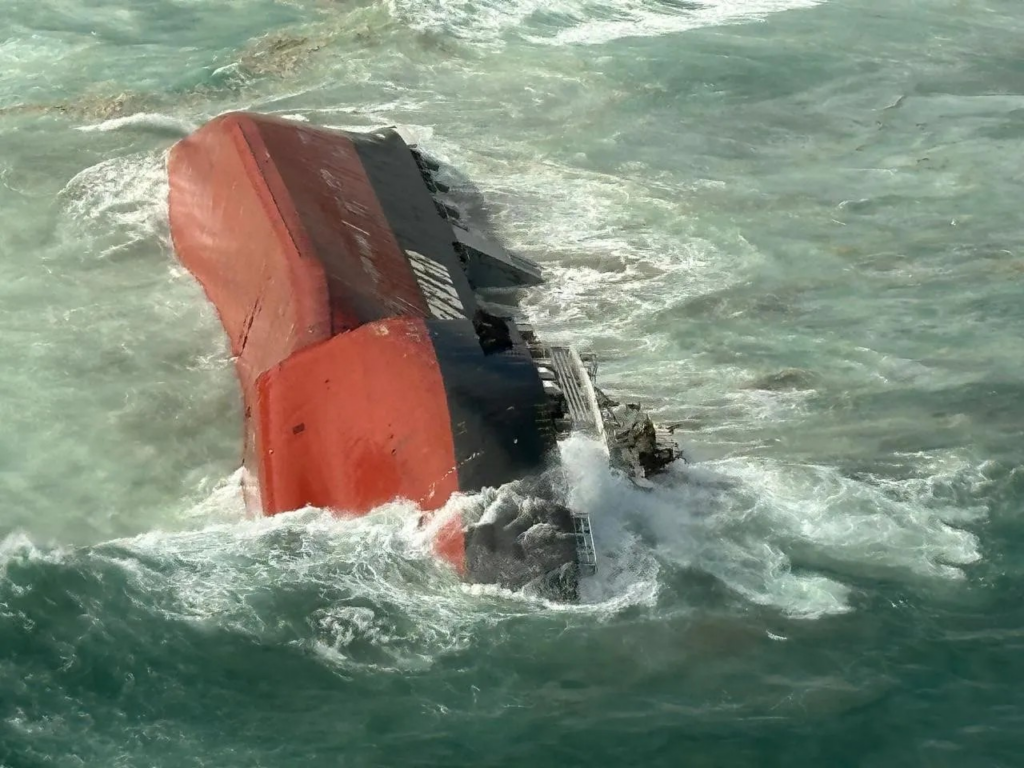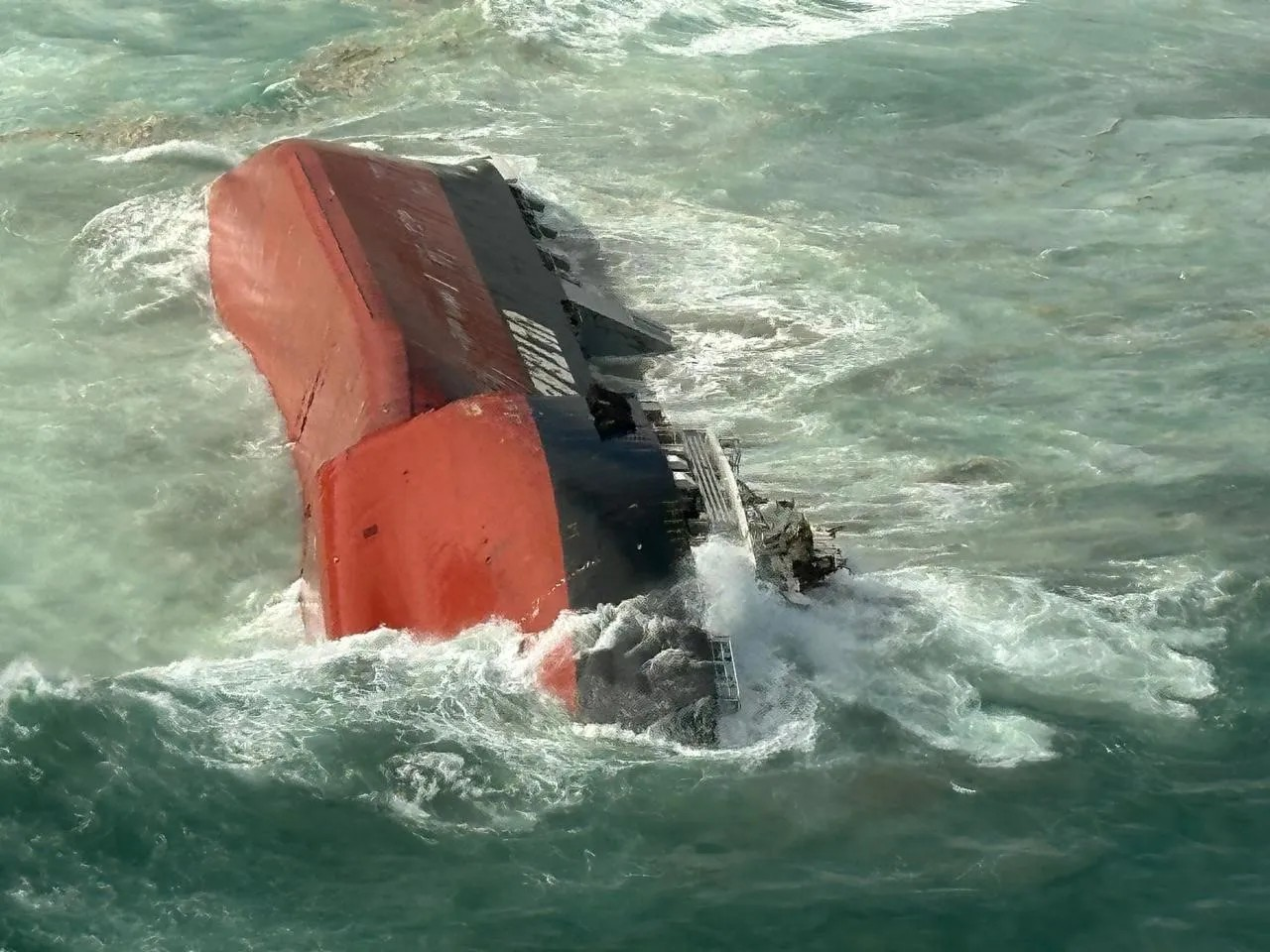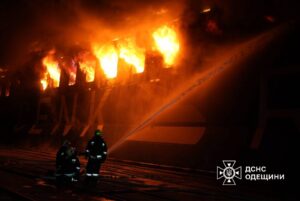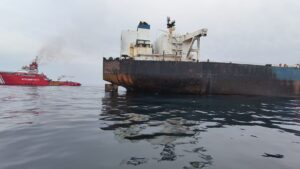
The salvage team on the Panama-registered cargo vessel, the MV Ultra Galaxy, is anxiously awaiting a week-long ‘good weather window’ to prepare for extraction tons of the vessel’s remaining fuel and oil, according to the South African Maritime Safety Authority (SAMSA).
Meanwhile, determining why the now wrecked vessel ended up beached sideways on the west coast of South Africa, remains a priority.
The Panama-registered Ultra Galaxy, previously known as Thor Galaxy and Thorco Galaxy, is a 124,56 meters long general cargo vessel, built in 2008.
The ship that was sailing alongside South Africa on the Atlantic Ocean, which was abandoned by its 18 Filipino seafarers after a heavy listing, has gone to ground.
The South African Maritime Safety Authority (SAMSA) confirmed that it has begun assisting Panama maritime authorities in investigating the incident that occurred approximately a month ago, after the vessel was abandoned by its crew on the Atlantic Ocean, after it listed heavily, and eventually grounded a day later.
In an on-site media briefing, Sobantu Tilayi, SAMSA’s chief operations officer explained that in terms of international maritime laws and regulations, the obligation to investigate the cause of the vessel’s grounding lay with its country of registration, Panama, with SAMSA only providing such assistance as necessary and required.
As the investigation into the cause of the grounding of the Ultra Galaxy formally gets underway, a salvage team from Smit Salvage South Africa, led by Salvage Master Rudolph Punt, is awaiting favorable weather conditions to locate low-sulphur fuel and oils in the grounded vessel’s underside tanks for extraction.
In an on-site national media briefing, Punt said unabating inclement weather in the location was a major hindrance to what he described as an elaborate process for effectively and successfully extracting the remaining tons of fuel and oil believed to be still on the casualty vessel.
Since arriving at the site two weeks ago, the team has managed to extract about eight cubic meters of oil, but the very windy and wet weather conditions, have hampered further efforts.
On July 27, the vessel broke into four pieces and two of its tanks got breached, whilst tons of fuel and oil leaked onto the sea and beach alongside.
Video credit: South African Maritime Safety Authority (SAMSA).



